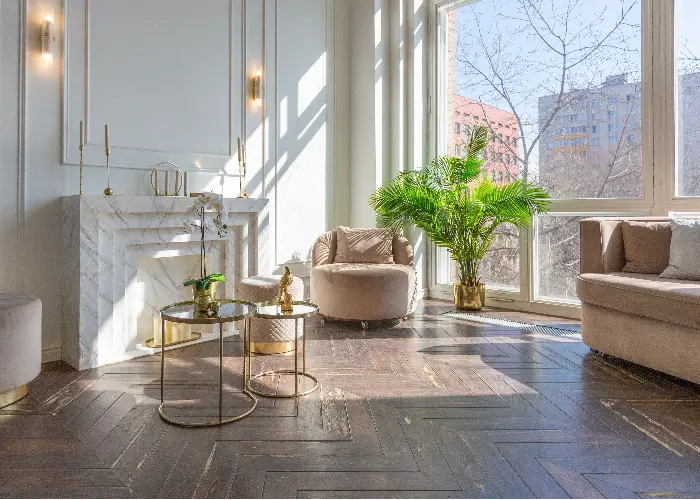Bringing Brightness and Transparency into Our Homes – How Doors and Windows Shape Our Living Spaces
- Phoebe Lee

- Sep 1
- 2 min read
In residential design or renovation, doors and windows are not merely structural or decorative elements; they are powerful tools that influence light and airflow. The right choices can create a bright, comfortable, and well-ventilated living environment, while poor selections may result in dim, stuffy rooms that feel uninviting. Let us explore how doors and windows impact natural light and ventilation in the home, learning how to make the best choices for your living space.
1. Maximizing Natural Light Through Doors and Windows

Natural light enhances both the brightness of your home and its overall comfort. Optimization strategies include:
Window Size and Layout: Larger windows and strategic openings (such as floor-to-ceiling glass doors or corner windows) introduce greater light volumes.
Glazing Material: Clear glass maximizes light transmission, while low-emissivity glass reduces glare and blocks harmful UV rays without compromising transparency.
Door design: Sliding glass doors, French doors, or folding doors create expansive openings connecting indoor and outdoor spaces. This maximizes daylight ingress while enabling seamless transition between indoor and outdoor activities.
Orientation selection: South-facing windows (in the Northern Hemisphere) capture the most sunlight throughout the day, maximizing solar illumination within the interior.
2. Enhanced Ventilation and Airflow

Good airflow is crucial for creating a healthy and comfortable indoor environment.
Open-able window types: Casement windows and skylights open outwards to capture breezes, while sliding windows open sideways to create extensive airflow. Double-hung windows enable vertical air circulation.
Cross-ventilation: Positioning windows or doors opposite each other creates natural air circulation, reducing reliance on air conditioning.
Ventilation doors: Sliding or folding patio doors with louvred panels or mesh options introduce fresh air while ensuring security and saving space.
Chimney effect: High windows or transom windows above doors facilitate the escape of warm air while drawing in cooler air through lower openings.
3. Balancing Daylight, Ventilation and Energy Efficiency

Maintaining energy efficiency remains paramount while maximizing natural light and airflow:
Double or triple glazing: Enhances thermal insulation whilst preserving daylight penetration.
Tight seals: Prevents cold draughts and maintains stable indoor temperatures.
Shading elements: Eaves, shutters or tinted glass regulate interior brightness and mitigate overheating.
4. Design Considerations for Different Room Types

Living Room: Large floor-to-ceiling windows or sliding/folding doors are preferable to maximize natural light and create an open, airy spatial feel.
Bedroom: Operable casement windows or sliding windows are more suitable, ensuring night-time ventilation while maintaining privacy.
Kitchen: Casement windows above worktops are ideal for introducing light and fresh air into cooking areas while expelling cooking fumes.
Bathroom: Frosted glass windows or small skylights strike a balance between natural light and privacy requirements.
Kimyuda’s Conclusion
Windows and doors are more than just architectural features—they shape the atmosphere of your home by influencing light and air circulation. By choosing the right styles, sizes, and placements, you can create bright, well-ventilated, and energy-efficient spaces that enhance your daily comfort and well-being.







Comments